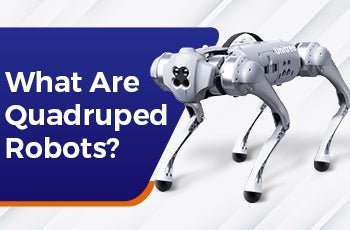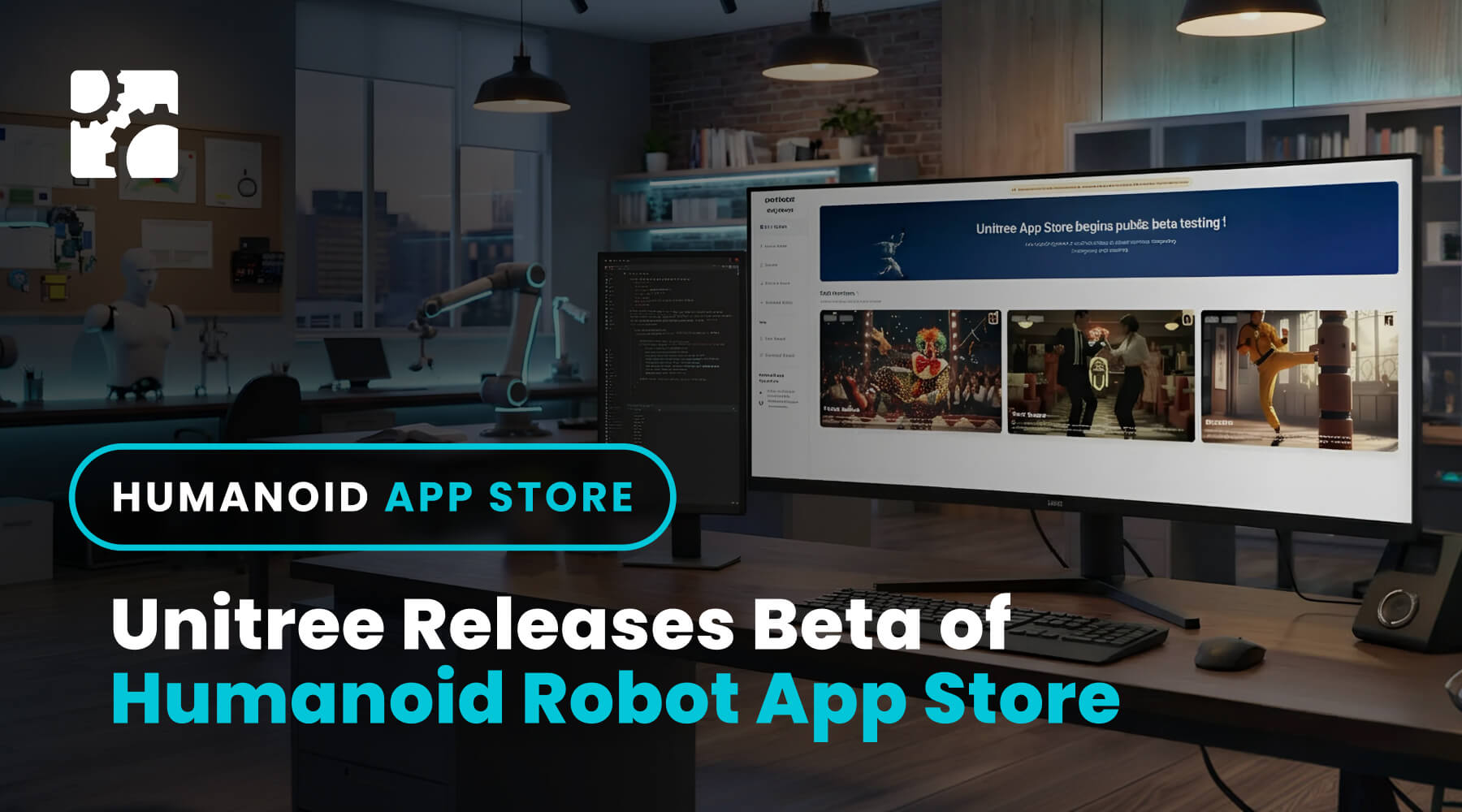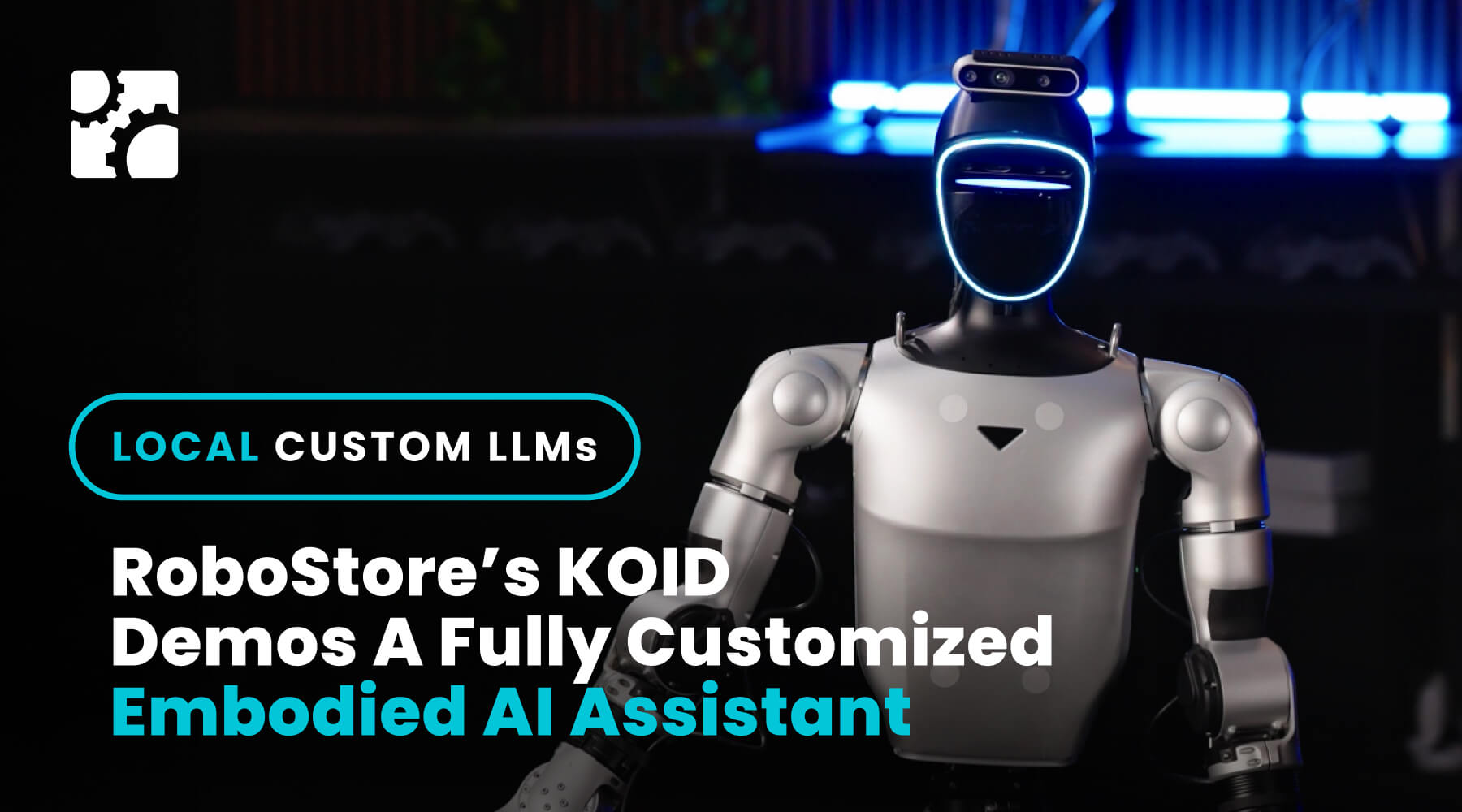What Are Quadruped Robots?
Can you imagine a time when your robot dog will walk by your side, doing tricks on its own without your intervention? Although it seems far-fetched, this is already happening. When it comes to quadruped robots, the future is now. There is no doubt that artificial intelligence is here to stay, and the evolution of robot dogs over the past sixty years is clear evidence of that. Quadruped robots are mobile robots that use a set of four articulated limbs and mimic the gait patterns of quadruped animals. This allows them to execute orders more quickly and in a more stable manner than bipeds while also saving humans from precarious situations that they might have otherwise experienced in the past.
The Trajectory of a Quadruped Robot
The first quadruped to walk by itself was the “Phony Pony,” built by Frank and McGhee at the University of California in 1966. In the nearly 60 years that have followed, quadruped robots have come a long way. They have evolved from wheeled and tracked robots and are superior to these models, as they can encounter any terrain a human would encounter and still maneuver over and around it. Quadruped robots are here to execute tedious or dangerous tasks that humans are no longer interested in doing.
Because a quadruped has a four-legged design, this increases its stability, speed, and control when compared to other robots. And this, in turn, enhances the robots’ abilities. Today’s robot dogs can carry heavy loads, navigate rugged terrain by themselves, climb up staircases, and even jump and hop! Science continues to discern how they can be used in industrial and other high-risk environments as the burgeoning world of artificial intelligence continues to unfurl.
Applications in a Variety of Industries
Quadruped robots can be used in various applications, and the list is growing every day. From industrial terrains deemed too dangerous for humans to space explorations where the atmospheres would not support organic life, quadruped robots are now the first line of defense in many industries. And speaking of defense, military applications engage quadrupeds, as well as various medical research, university uses, and other industries.
As the world of quadrupeds develops, there are several places where they come into play:
- Homes: Like anything else, there is an app for that, and many people are learning about the fun and usefulness of having a quadruped robot at home. You can even control its vision!
- Education: These mobile robotic dogs are equipped with cutting-edge technology for any K12 teaching environment as well as any developmental or research lab.
- Industrial: With large payload capacities and hours of endurance, quadruped robots can easily do the things that humans find distasteful.
The Future of Quadruped Robotics Education
Perhaps most interesting is the educational potential. While military-grade quadrupeds have revolutionized mapping and larger-scale undertakings, affordable classroom-safe quadrupeds have huge potential to change the future of education - especially when paired with a curriculum like that of DroneBlock.
DroneBlock is a platform that brings quadruped robotics into the classroom in a digestible and exciting way. Students from high school to university level and beyond can use the Go1 EDU and DroneBlock curriculum in tandem to learn and exercise their skills in advanced kinematics, coding, engineering, science, and mathematics.
Whether at home, school, or beyond, it’s time for the modern world to get comfortable with and face the future of artificial intelligence. With quadruped robot dogs taking the world by storm, mundane, prohibitive, or hazardous jobs will now be more palatable, and the world will be open to even more applications for quadruped robots.






Share:
Importance of Robotics and STEM education
Discover the Best Unitree G1 Humanoid Robot for Your Needs at Robostore – Your Trusted US-Based Supplier